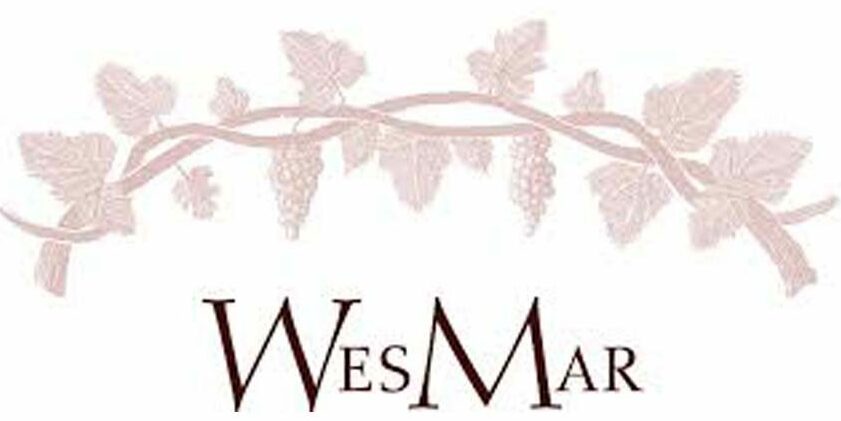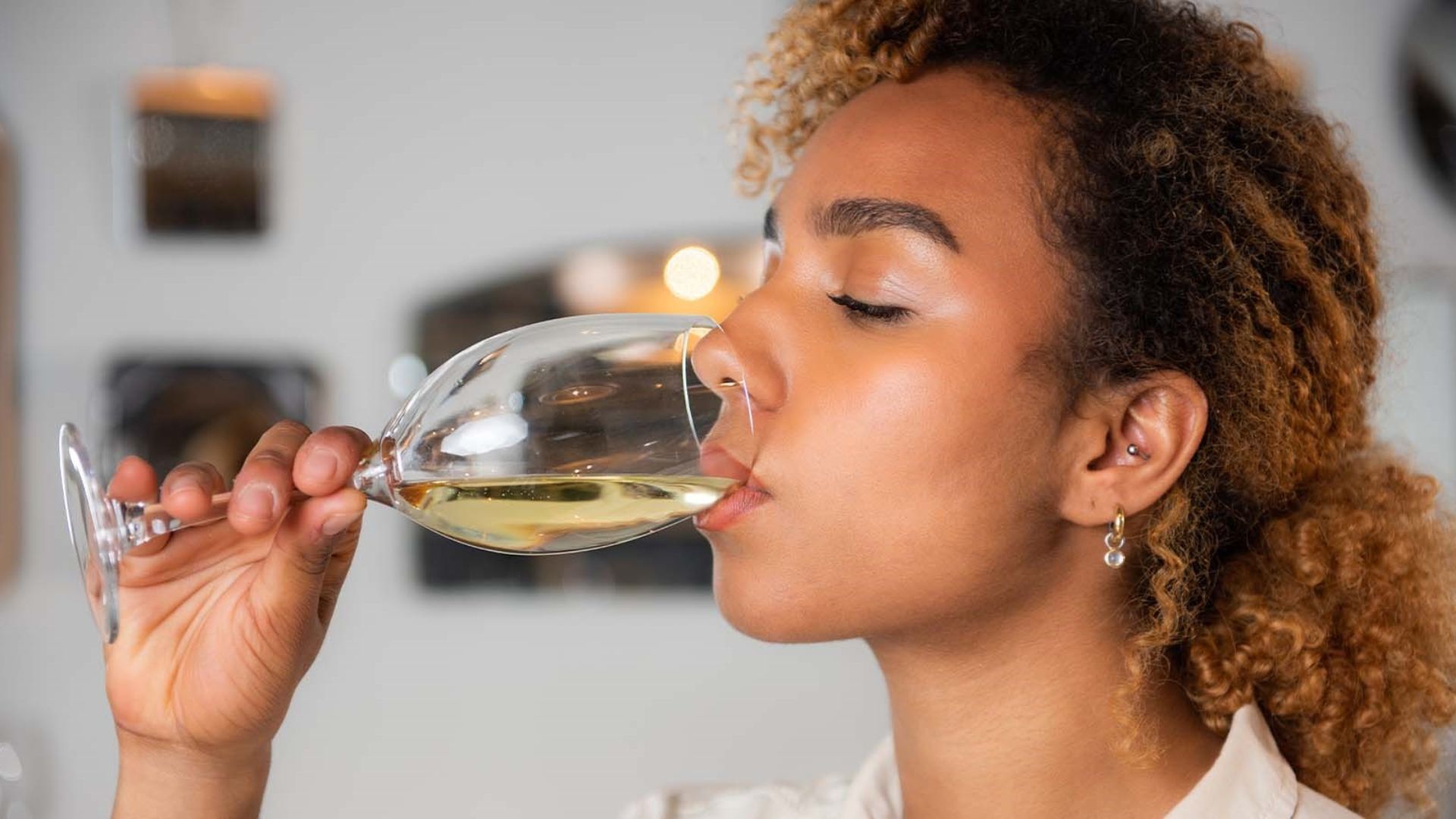The world of wine can seem intimidating for beginners. With countless varieties, complex flavours, and technical terms, even choosing a bottle can feel overwhelming. But fear not! Understanding basic wine taste is easier than you think. This guide unveils the fundamental characteristics that shape a wine’s profile, equipping you to navigate the world of wine with confidence.

The Building Blocks of Basic Wine Taste
To begin with, wine’s flavour profile is influenced by several key factors. By understanding these elements, you’ll develop a foundation for appreciating basic wine taste:
Grape Varietal
The type of grape used has a significant impact on a wine’s flavour. Popular red grapes like Cabernet Sauvignon offer bold flavours of blackcurrant and dark fruit, while white grapes like Chardonnay showcase notes of citrus and stone fruit.
Sweetness
Wines range from bone-dry (no residual sugar) to sweet. Understanding your preference for sweetness is crucial. Dry wines like Pinot Noir have minimal sweetness, while dessert wines like Sauternes are quite sweet.
Acidity
Acidity is the backbone of a wine, providing freshness and structure. High-acidity wines like Sauvignon Blanc can be crisp and refreshing, while low-acidity wines like Merlot can feel softer and rounder on the palate.
Tannin
Found primarily in red wines, tannins are naturally occurring astringent compounds from grape skins and seeds. They can create a drying sensation on the tongue and contribute to a wine’s structure.
Body
Additionally, this refers to the weight and texture of a wine in your mouth. Full-bodied wines like Cabernet Sauvignon feel heavier and richer, while light-bodied wines like Pinot Noir are lighter and more delicate. Some enthusiasts enjoy discussing wine characteristics over games offered by online casinos, where they can savor the flavors while having some fun.
Alcohol
The alcohol content of wine affects its overall warmth and intensity. Higher-alcohol wines can feel “hot” on the palate, while lower-alcohol wines are more subtle.
Developing Your Basic Wine Taste: Tips for Beginners
Now that you understand the building blocks, here are some tips to refine your basic wine taste:
Start Simple
Don’t overwhelm yourself with complex wines. Begin with popular grape varietals like Chardonnay, Pinot Noir, Merlot, or Sauvignon Blanc. These wines offer distinct flavour profiles that are easy for beginners to identify.
Embrace Wine Tastings
Wine tastings are a fantastic way to explore different wines and train your palate. Sample a variety of styles and grape varietals to discover your preferences. Pay attention to the aromas, flavours, and textures of each wine.
Use Descriptive Words
Don’t be afraid to describe what you taste! Common descriptors include fruity, floral, herbal, spicy, earthy, and mineral. As you taste more wines, your vocabulary will expand.
Food Pairing
Food can significantly impact the taste of wine. Experiment with pairing different wines with specific foods. For example, a bold red wine complements grilled steak, while a crisp white wine enhances the flavours of seafood.
Focus on Enjoyment
The most important aspect is to enjoy the experience! There are no wrong answers when it comes to basic wine taste. Furthermore, if you like wine, drink it! Over time, your palate will develop, and you’ll discover new favourites.
Beyond the Basics: Exploring Different Wine Styles
Once you’ve grasped the fundamentals, you can delve into different wine styles:
Red Wines
Red wines typically offer bolder flavours and higher tannins compared to white wines. Popular styles include Cabernet Sauvignon (full-bodied, dark fruit), Pinot Noir (light-bodied, red fruit), Merlot (medium-bodied, plum), and Shiraz (full-bodied, peppery spice).
White Wines
White wines are generally lighter and more acidic than red wines. Popular styles include Chardonnay (oaked or unoaked, citrus, stone fruit), Sauvignon Blanc (crisp, grassy, citrus), Pinot Grigio (light-bodied, pear, apple), and Riesling (ranging from dry to sweet, floral, honey).
Rosé Wines
Furthermore, Rosé wines are made from red grapes with minimal skin contact, resulting in a pink colour. They can range from dry and crisp to slightly sweet.
Sparkling Wines
Sparkling wines are known for their effervescence. Popular types include Champagne (produced in the Champagne region of France), Prosecco (Italian sparkling wine), and Cava (Spanish sparkling wine).
Conclusion
In conclusion, wine appreciation is a lifelong journey. With each sip and each discovery, your palate will evolve. Additionally, don’t be afraid to experiment, ask questions, and most importantly, enjoy the process! From casual evenings with friends to celebrating special occasions, wine can add an extra layer of enjoyment to life’s moments. So, raise a glass, embrace the journey of basic wine taste, and embark on a world of flavour exploration!

